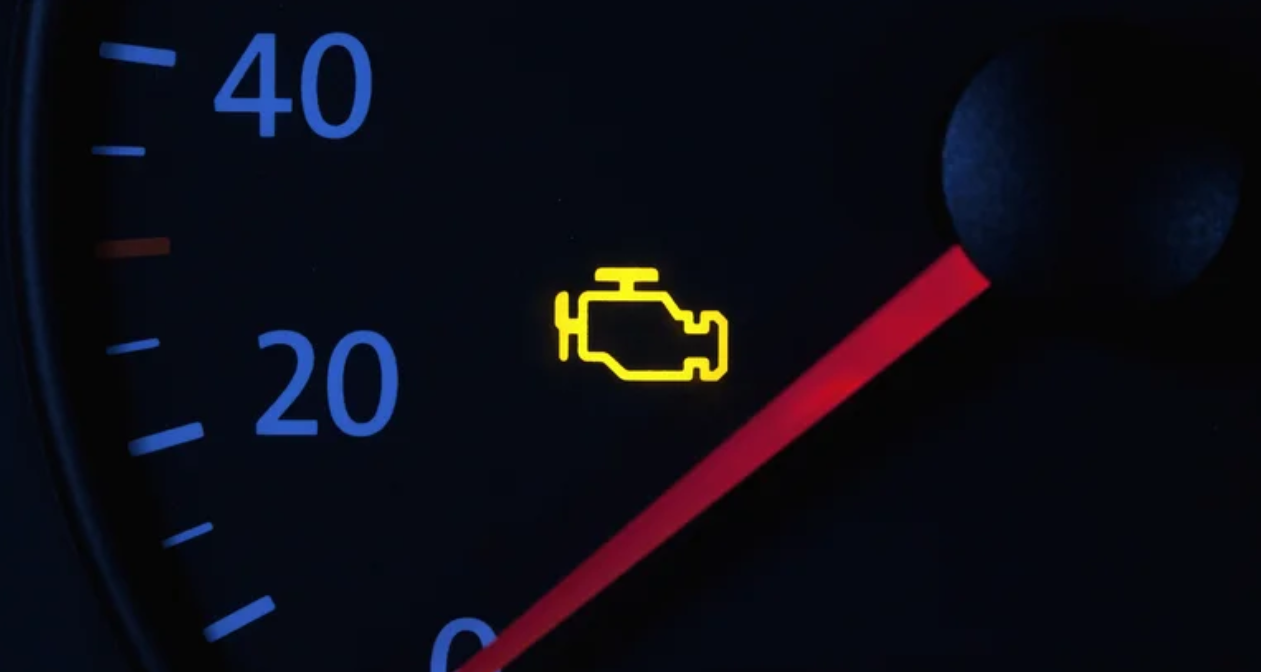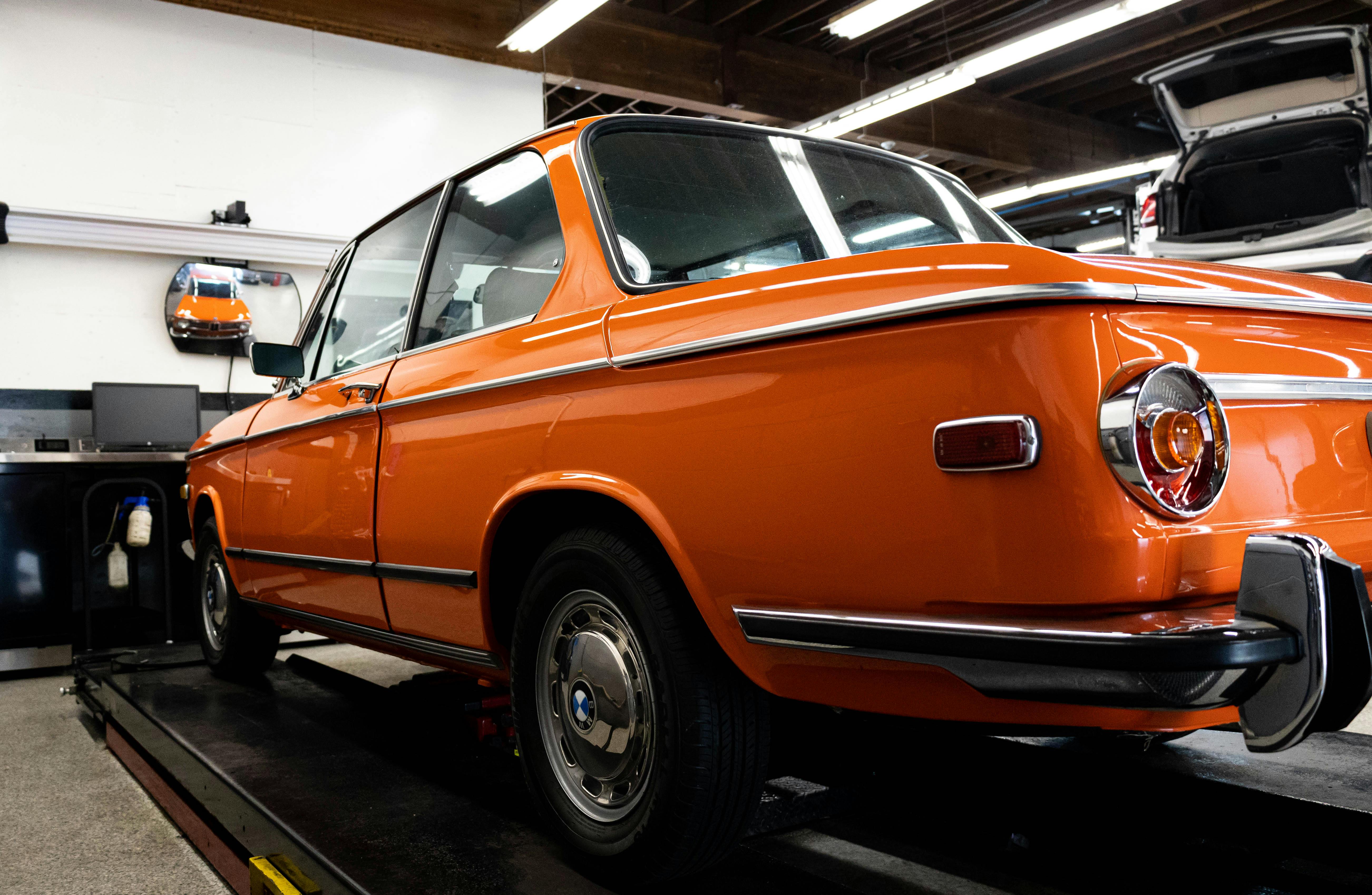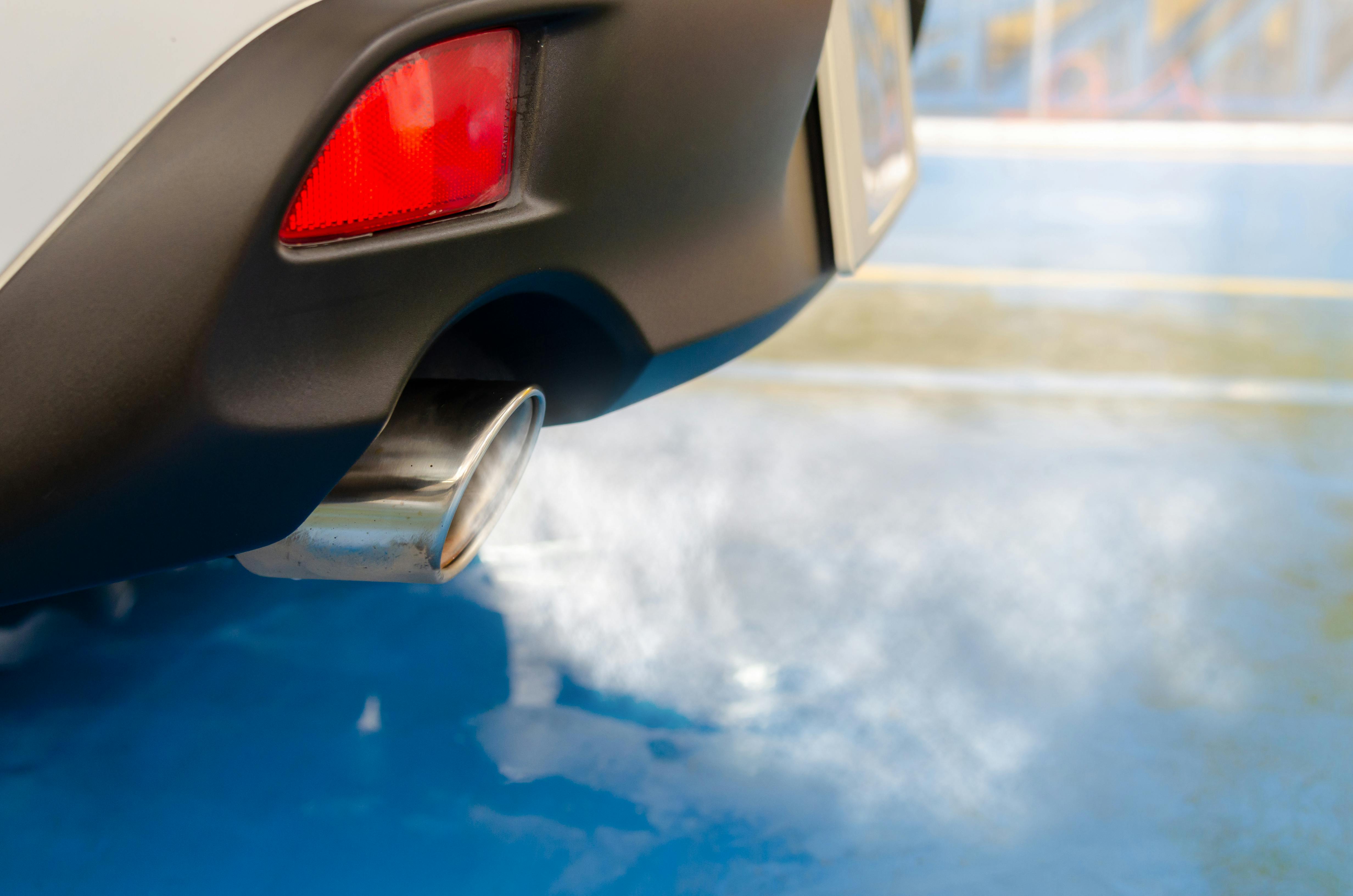The Check Engine Light: Your Guide to a Quick Fix and a Smog Check Pass
Author
Bahram Najafzadeh
Date Published

For any California driver, seeing the check engine light (CEL) illuminate on the dashboard is a moment of dread, especially with a smog check looming. It's a guarantee of an automatic test failure, regardless of how cleanly your car is running. But don't panic! That little light is not a final verdict; it's a valuable signal that can be fixed.
This guide will walk you through the most effective ways to diagnose and address the issue, so you can turn off that check engine light and give your vehicle the best chance to pass its smog inspection.
Why the Check Engine Light Affects Your Smog Test
Since 1996, all vehicles have been equipped with an OBD-II (On-Board Diagnostics) system. This is your car's brain, constantly monitoring critical systems for engine, emissions, and fuel. If something is off, the system stores a Diagnostic Trouble Code (DTC) and turns on the check engine light.
During a smog check, the technician connects to your OBD-II port. If a DTC is stored or if the CEL is on, your vehicle will automatically fail the test. The good news is that many of these issues are minor and can be fixed with a little know-how.
Step 1: Diagnose the Problem with an OBD-II Scanner
This is the most crucial step and the only one that truly solves the problem. Don't just clear the light; find out what's causing it.
How it works:
Plug in: Locate your vehicle's OBD-II port, which is usually under the driver's-side dashboard. Plug the scanner into the port.
Scan for codes: Follow the scanner's instructions to read the stored codes. They will appear as a letter and a series of numbers (e.g., P0420, P0301).
Interpret the code: The codes provide a clue to the issue. For example, a P0420 code indicates a problem with the catalytic converter's efficiency, while a P0300 series code points to an engine misfire.
Fix the underlying issue: Once you know the problem, you can decide whether to fix it yourself (e.g., tighten a loose gas cap) or take it to a qualified mechanic for a professional diagnosis and repair.
Why this is the best option: A scanner gives you a complete picture of your vehicle's health, allowing you to fix the actual problem instead of just hiding a symptom. Clearing the code without a fix is a temporary solution, and the light will inevitably come back on.
Step 2: The Critical "Drive Cycle"
After a repair or after you've cleared a trouble code with a scanner, your vehicle's emissions monitors are reset to a "not ready" state. These monitors are self-tests that your car performs to ensure all emissions systems are working properly. If a smog technician sees too many monitors that are "not ready," it will result in an automatic smog check failure.
How to complete a drive cycle: A drive cycle involves specific driving conditions that allow your car's computer to re-run its diagnostic tests. While every vehicle is different, a general drive cycle often includes:
Start with a cold engine: Let the car sit for at least eight hours without starting it.
Idle and warm up: Start the engine and let it idle for at least two to five minutes to warm up.
City and highway driving: Drive on both city streets (25-40 mph) and the highway (55-65 mph) for a sustained period, avoiding sharp turns and heavy acceleration. Some sources suggest a combined 30-minute drive.
Idle again: Return to city driving and let the vehicle idle for a few minutes before turning it off.
You may need to repeat this cycle a few times over several days. You can use your OBD-II scanner to check the status of your monitors.
Common Reasons for a Check Engine Light (And Simple Fixes)
Many check engine lights are triggered by minor issues that you can fix yourself, saving you a trip to the mechanic.
Loose Gas Cap: This is the most common and easiest fix. A loose or faulty gas cap can cause fuel vapors to escape, triggering the evaporative emissions (EVAP) system to fail its test. Simply tighten the gas cap until you hear a click. The light may go off after a few driving cycles.
Faulty Oxygen Sensor: An oxygen (O2) sensor measures the amount of oxygen in the exhaust. If it's not working correctly, the engine's air-fuel mixture will be thrown off, leading to increased emissions and a lit CEL.
Engine Misfires: A misfire can be caused by worn spark plugs or ignition coils. A misfire sends unburned fuel into the exhaust, which can damage the catalytic converter. Warning: If your check engine light is flashing, it indicates a severe misfire. Pull over immediately and turn off the engine to prevent costly damage to the catalytic converter.
Catalytic Converter Issues: The catalytic converter is a key component of your car's emissions system. It rarely fails on its own; a problem elsewhere (like a constant misfire) usually causes it to fail. Simply replacing the converter without fixing the root cause will likely lead to the new converter failing as well.
Final Thoughts: Don't Let the Check Engine Light Stop You
Your check engine light is a warning, not a death sentence for your car. By using an OBD-II scanner to diagnose the real problem and performing a drive cycle to reset your monitors, you can resolve the issue effectively. The true secret to passing a smog check and keeping the check engine light off is regular, proactive maintenance. Getting minor problems fixed early will save you time, money, and stress in the long run.

Stop worrying about your smog check. Use our simple checklist to ensure your car passes the first time and save yourself a re-test.

Learn what to do if your car fails a smog check. This guide covers how to understand your report, make repairs, and retest to get back on the road.